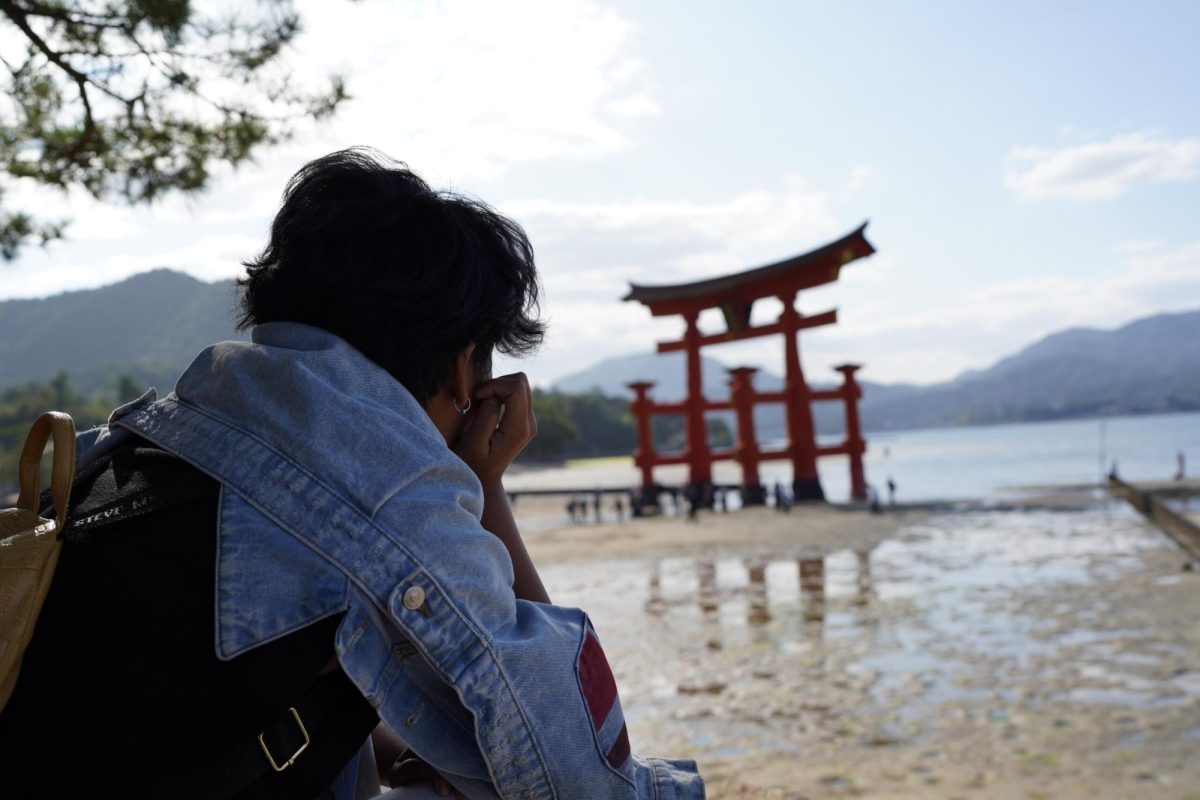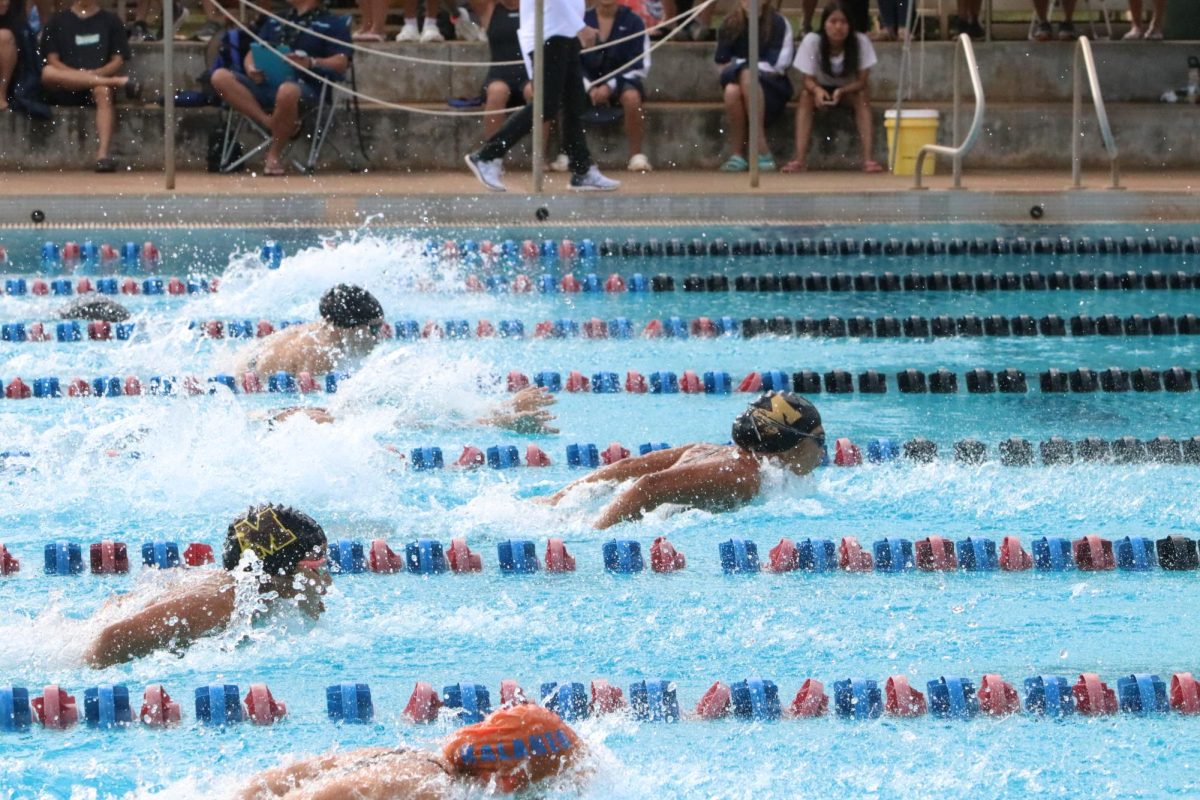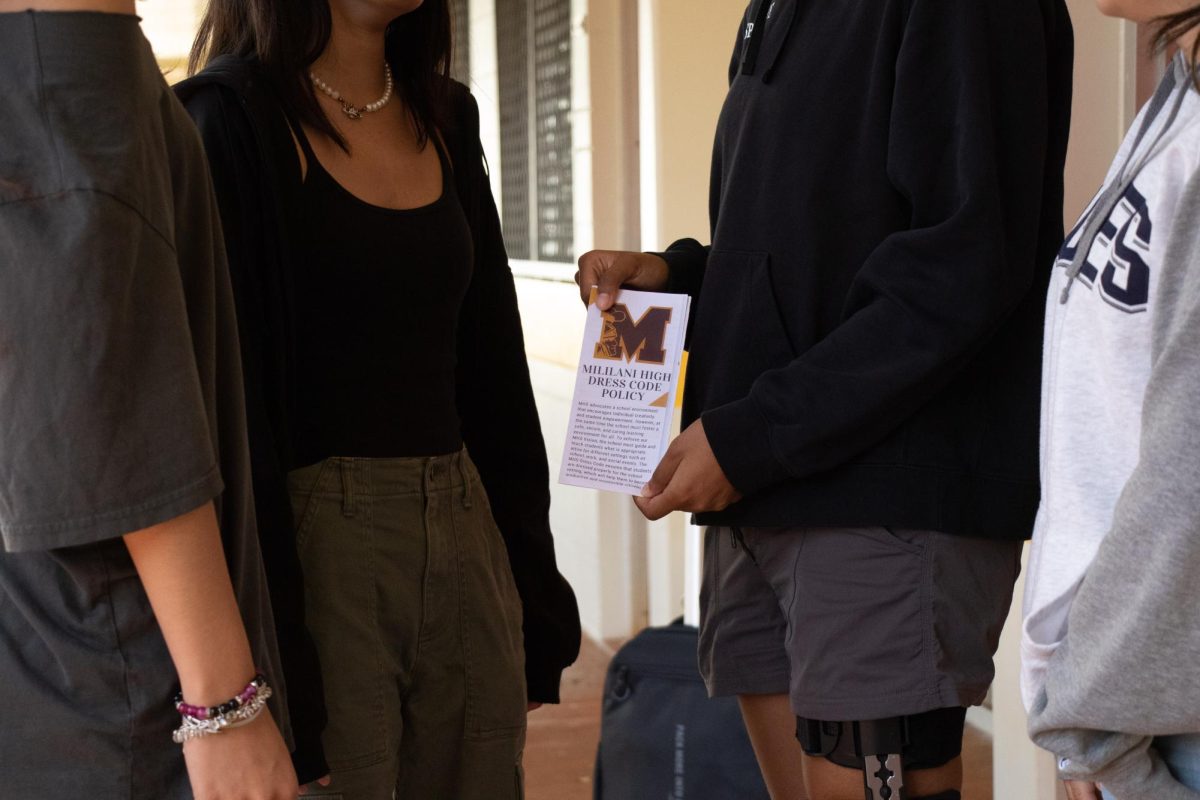12 Angry Men, Behind the Scenes
November 9, 2017
From Nov. 3 to 5 in the MHS cafeteria, the spotlight fell on actors and actresses of the Central Theatre Arts Academy (CTAA) as they put on their rendition of the drama “Twelve Angry Men.” Although audience members were able to applaud the work of the students on stage, there were many more students working backstage who weren’t recognized for their part in putting on the performance.
“When you’re sitting and watching a play you don’t really notice if everything is going right, you’re just enjoying the show,” said costume crew member Senior Alexis Kelly. “But if something goes wrong, you automatically notice that, and that’s all you can focus on.”
The crew backstage worked countless hours together before and during the show to ensure that the production was a success. “We have to all come together and figure out what needs to get done and how to prepare for the shows,” said light crew member Sophomore Kelli Finnegan.
Each of the crews are responsible for checking their equipment prior to the show, ensuring that everything they need is in working order. “Before every show we check every light—we make sure that it’s focused correctly, we make sure that there’s no bulbs out, we make sure of everything like that,” said lights crew member Sophomore Ian McCarty.
Though the crews all possess different skills and requirements, they all have to operate together for the shows to run smoothly. “We all work as a team. We may have the costumers, the set builders, the sound and the lights, but we all work as one team,” said sound crew member Sophomore Devin Garcia.
Some of the more similar crews will often make the effort to help one another. “Sound and lights are really kind of close and tight. We usually work with them constantly. Sometimes we’ll work on sound with sound (crew) because we help them prepare after we’re done,” said McCarty.
Although the show is dependent on every crew member working together, they still have a unique set of responsibilities that they have to complete. “The entire set that you see on stage is all built pretty much by hand,” said Kelly. “The props kids manage the props so that they don’t get lost and there isn’t a hole in the show. The lights kids make sure the spots are in the right spot—they have to learn how to use the spotlight—and then there’s costuming crew who has to make sure the actors are clothed.”
Just like the actors and actresses, backstage crew members can’t afford to miss a lot of rehearsals—they have to be a reliable member of the team. “If someone doesn’t do their job and someone can’t replace that job, it’s a big problem,” said McCarty. “They’re the only one who knows all their cues, and so if someone even could replace them, they have to learn really quickly. Say if someone on spotlight doesn’t show up and no one else knows how to do it, which we had last year, we might just cut that completely because there is no point in trying to train someone on that day. Everyone has to be communicating if they can come or not and be available.”
The backstage crews and actors also work closely together, giving and receiving critiques on where each group can perform better. “We watch the actors perform. We give them tips and get all the notes from them about what they want the show to look like,” said McCarty.
When preparing for a show, each crew dedicates a lot of time and is given select days and weeks to come in. “Normally it’s every Tuesday and Thursday from 3 to 5:30 p.m. Tech Week, which is two weeks before the show, is every day from 3 to 6 p.m., and Hell Week, which is the week leading up to the show, can be anywhere from 3 to 9 p.m. to 3 to 10 p.m. every day,” said Kelly.
To make sure everyone is together for the real show, the actors and crews run through the show together several times, practicing their lines and cues until they are synchronized. “We do maybe five dress rehearsals with the cast and tech involved,” said McCarty. “With lights, we run through it probably seven to 10 times before and then we do the shows themselves.”
After hours of rehearsing, backstage members are able to view theater in a new light; since joining the class, they have begun to truly appreciate theatre and the work that goes into it. “We can see how it is really an art more than a practice,” said McCarty.
Even though the actors and actresses are the faces of the production, the backstage crew members are just as much a part of show as they are. As the year progresses, CTAA and its students look forward to the rest of the year and the many opportunities it will give them to continue learning and utilizing new techniques of stage production.
-#####-



